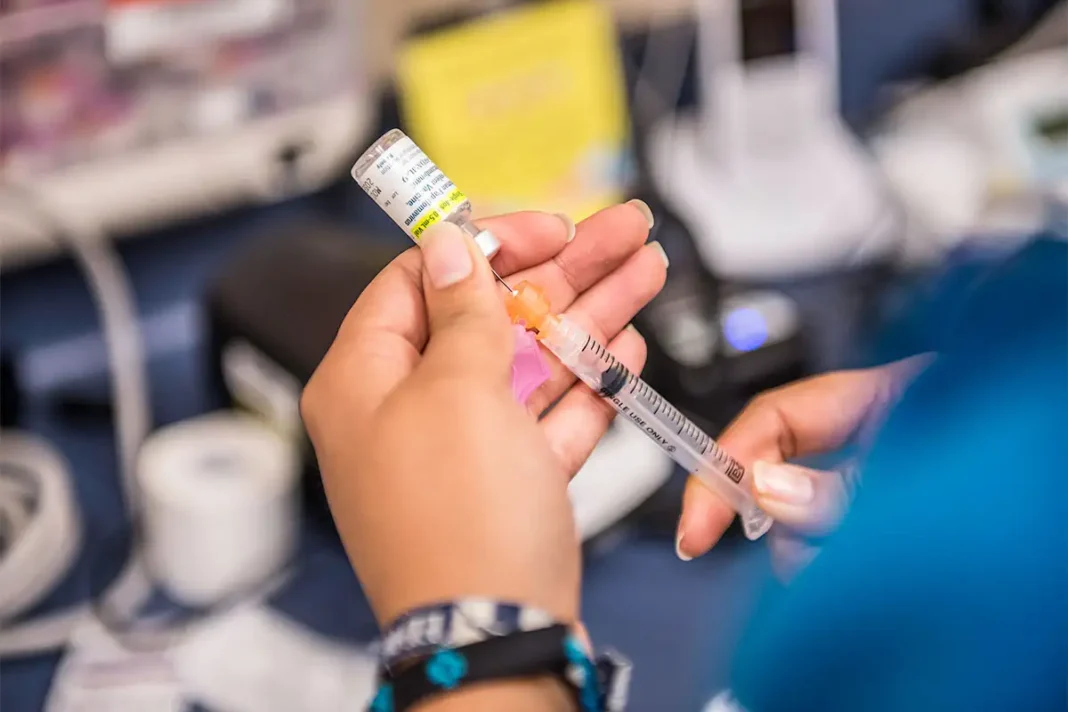Climate conditions, such as rainfall and temperature, were found to have a great risk of preterm and low birth weight births in India
India’s demographic health survey 2019-21 reveals a concerning trend: 13% of children are born prematurely, and 17% with low birth weight, with air pollution contributing to the adverse birth outcomes.
Researchers from the Indian Institute of Technology, Delhi, International Institute for Population Sciences, Mumbai, and institutes in the UK and Ireland analyzed data from NFHS-5 and remote sensing to examine how exposure to air pollution during pregnancy affects birth outcomes.
Key Findings:
The team found that an increased exposure to PM2.5 during pregnancy was related with a 40 percent chance of low birth weight, and 70 percent of premature delivery. Climate conditions, such as rainfall and temperature, were found to have a greater link with adverse birth outcomes.
The study, published in the journal PLoS Global Public Health, also found that children living in the northern districts of India could be more vulnerable to the ambient air pollution.
Measuring under 2.5 microns in diameter, fine particulate matter 2.5 (PM2.5) is considered among the most harmful air pollutants, sources of which include burning of fossil fuels and biomass.
The researchers found higher levels of PM2.5 pollutants over the upper Gangetic region, covering states like Uttar Pradesh, Bihar, Delhi, Punjab and Haryana, and lower levels in the country’s southern and north-eastern regions.
Regional Disparities:
A higher prevalence of premature births was seen in northern states, such as Himachal Pradesh (39 percent), Uttarakhand (27 percent), Rajasthan (18 percent), and Delhi (17 percent). Mizoram, Manipur and Tripura exhibited a lower prevalence of the trend.
Punjab was found to have the highest prevalence of lower birth weight at 22 percent, followed by Delhi, Dadra and Nagar Haveli, Madhya Pradesh, Haryana, and Uttar Pradesh.
North-east India fared far better on the metric, the authors said.
“Utilising data from the national family health survey and raster images, the study employs various statistical analyses and spatial models to elucidate the connection between in-utero exposure to air pollution and birth outcomes,” the authors wrote. They “observed that approximately 13 percent of children were born prematurely, and 17 percent were born with low birth weight.”
Further, an increase of 10 microgram per cubic metre in PM2.5 exposure was associated with an increase of five per cent in the prevalence of low birth weight, and 12 per cent in premature birth. The team added that 18 percent of children born in the five years preceding the National Family Health Survey-5 had a low weight at birth.
Urgent Need for Interventions
The authors called for targeted interventions, especially in the northern districts, and an intensification of the National Clean Air Program. Launched in 2019, the programme is aimed at improving air quality in India by addressing PM levels.
The researchers also advocated for climate adaptation strategies, such as heat action plans and water management, to be included in public health planning.
Awareness of risks due to air pollution and climate change should be raised as part of public health initiatives, especially among pregnant women, the team said.
Source: Indian Express




